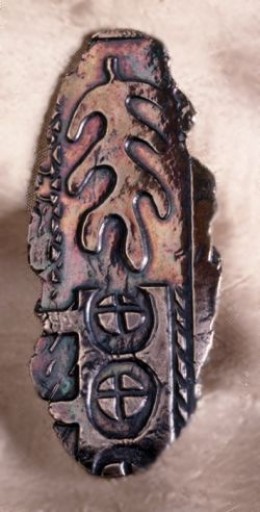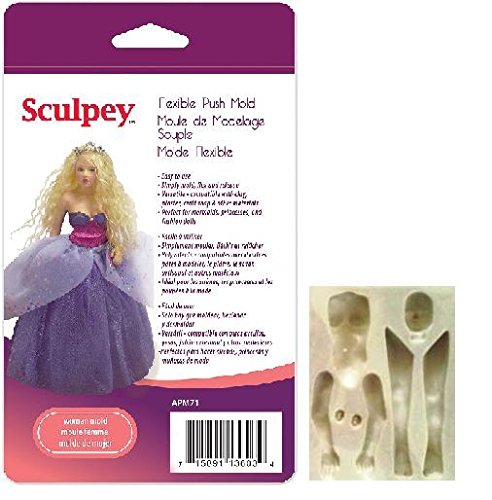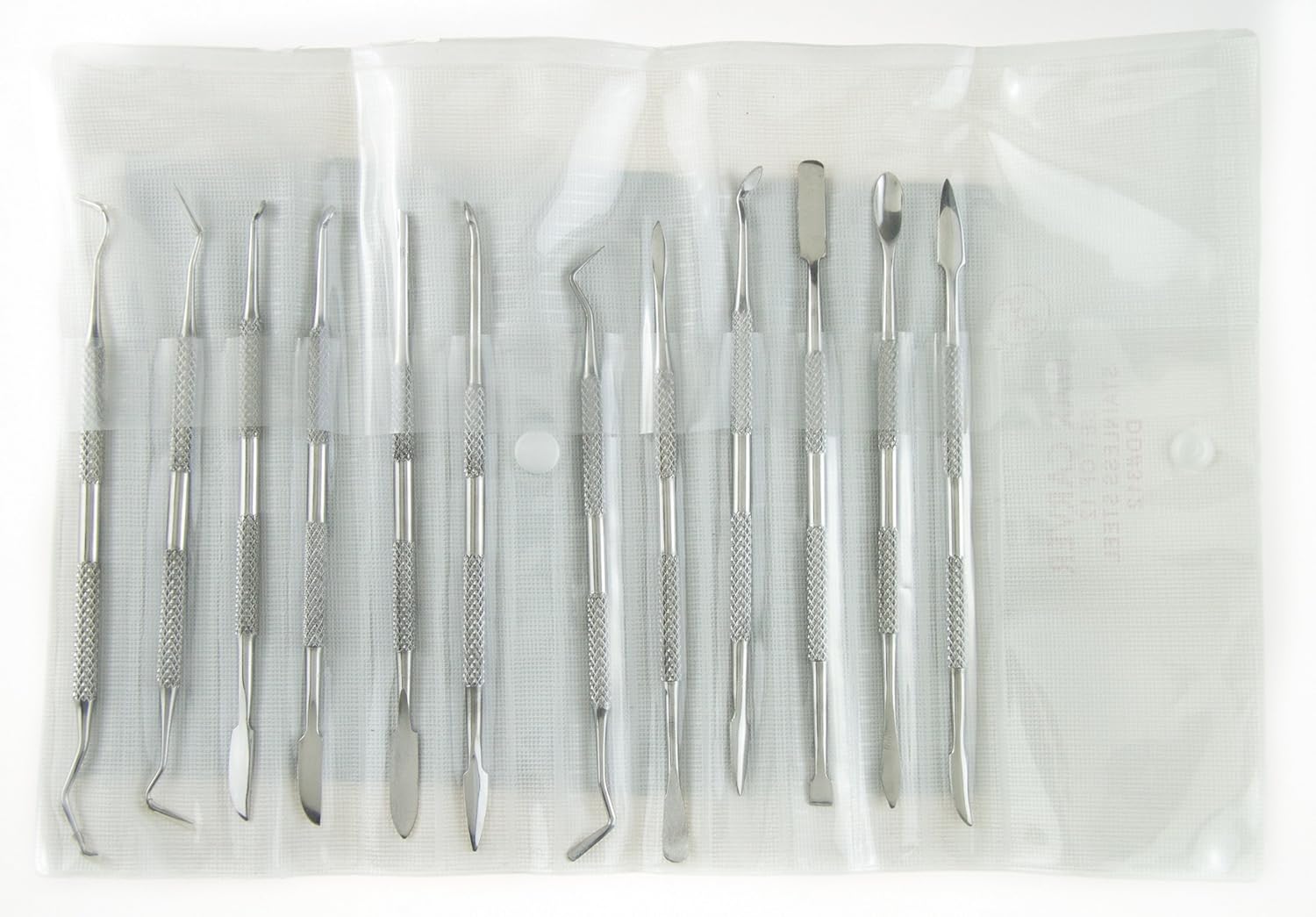 The Advantages of Making Jewelry with Precious Metal Clay
The Advantages of Making Jewelry with Precious Metal Clay
For those of us who like to make jewelry as a hobby, or even some of us who are professionals, Precious Metal Clay offers distinct advantages over traditional metalsmithing. The biggest advantage of working with Precious Metal Clay is that a person can make a piece with much less time and expense than with traditional metalsmithing.
In order to use Precious Metal Clay, you only need the PMC, some inexpensive tools, and a kiln. Traditional metalsmithing requires sheet metal, metal wire, soldering tools, saws, hammers, polishing tools, and a lot of time working with the metal. Therefore, Precious Metal Clay is a great choice for hobbyists.
To add texture to a standard jewelry piece, the metalsmith either needs to etch, hammer, cut, or bend the metal they are working with. With Precious Metal Clay, the texture can be added to the clay in its wet green state with rubber stamps, molds, needle tools, carving tools, or even found objects, then fired right into the PMC, so that it comes out of the kiln already textured. This is simpler, and immensely faster than traditional metalsmithing.
One Recommended Source for Texture Tools
Adding Texture to Precious Metal Clay is Easy
One of the things that makes Precious Metal Clay so much fun to work with, and easy for a beginner to learn is that adding texture to your Precious Metal Clay is easy to do.
I prefer a rougher, organic looking finish to my PMC pieces, but Precious Metal Clay also lends itself to smooth, highly polished finishes. Either way, texture adds interest and dimension to any piece.
If you choose to oxidize your Precious Metal Clay piece when it is finished, the texture will add varying degrees of coloration to your piece.
The easiest way to add texture to a piece of Precious Metal Clay is to buy commercially made texture sheets or rubber stamps. Texture sheets are usually about 8 x 11″ in size made in a clear flexible plastic. You can press these into the PMC, or roll the PMC onto the sheet. Make sure to use olive oil to lightly coat the texture sheet before you press the Precious Metal Clay to it, so it doesn’t stick.
Clay Texture Sheets
&
&
Add Texture to PMC with Rubber Stamps
Another simple way to add texture to Precious Metal Clay is with commercially made rubber stamps. There are hundreds of rubber stamp designs that can be used to add to your PMC piece.
If you don’t want to use commercially made rubber stamps or texture sheets, you can make your own molds from either polymer clay (not the best choice) or two part mold making material. The two part mold making material can be purchased most places that you can buy Precious Metal Clay including Dick Blick and Delphi Glass listed above. The molds need to be flexible otherwise you destroy the mold when you get your piece out.
Rubber Stamps
&
Decora 6pcs Floral Pattern Round Wooden Rubber Stamp
&
Creating Unique Textures From Found Objects
Creating textures in Precious Metal Clay can be really interesting when you use found objects. Some items burn up in the kiln, and can be left on the dry piece of PMC when fired. Texture can be created with pasta, fabric, leaves, sticks, and paper in this manner.
Other textured items work more like a rubber stamp or mold. They need to be lightly oiled so as not to stick to the PMC, then pressed into the PMC or the PMC rolled over the object. Texture can be created with buttons, belt buckles, jewelry, stones, bricks, glass, or just about anything you can find.
Push Molds Work Well for PMC
&
Flexible Push Mold WOMAN or MERMAID DOLL Polymer Clay
&
Texture Tools for Precious Metal Clay
&
Lisa Pavelka 327090 Texture Stamp Kit Flourish
&
Etching Texture into Precious Metal Clay
Because PMC is so soft you can also carve or etch texture into your jewelry design.
Using either a needle tool or carving tools, you can etch or carve your design into your damp PMC.
Start by drawing your design on paper first. Next lightly draw the outline on your damp Precious Metal Clay piece. Keep a spray mister nearby filled with water to keep your PMC damp while you carve your design.
While you carve or etch, keep in mind that your Precious Metal Clay piece needs to be at least 3 cards thick to be sturdy enough to hold together. Extremely paper thin PMC may burn up in the kiln.
Once you are done with your design, let the Precious Metal Clay dry thoroughly before firing. With a fine needle tool you can etch small details into the dry unfired PMC.
Any of These are Excellent PMC Carving Tools
&
12-Piece Stainless Steel Double-Sided Wax Carvers Set






Leave a Reply